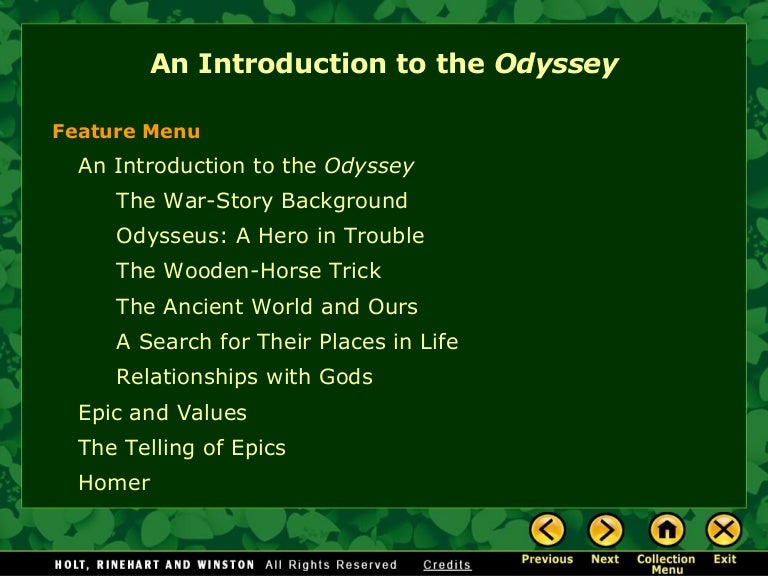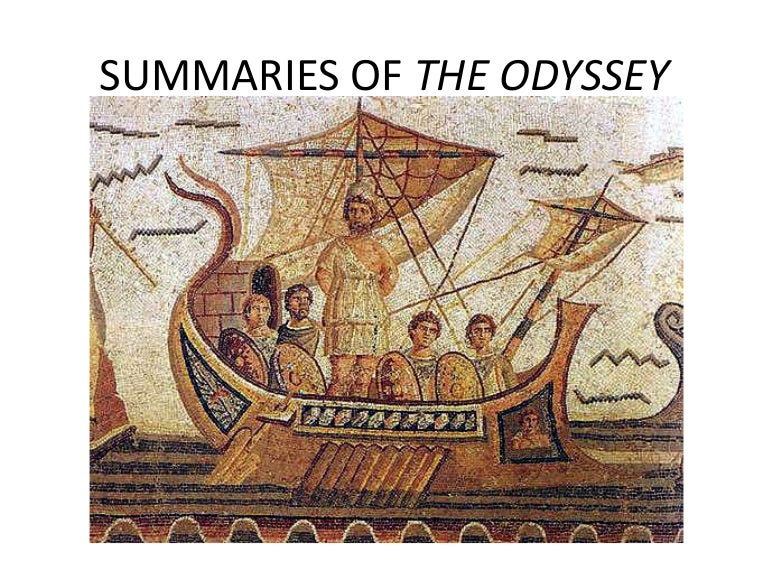

This classification is made by means of topological measures that generate statistical properties which allow us to determine the class of networks.

To address this problem, we rely on the concept of statistical universality to classify networks based on narrative into characteristic groups. As far as some narratives might contain uncertain historicity, so will be their resulting social networks. This procedure can be done if some standard criteria are met to avoid arbitrary tendencies. Ī priori, social networks can be extracted from any narrative that contains descriptions of social relationships. With conformity with this reasoning, we appeal to the statistical universality, using it to unify social network into characteristic groups. Beyond statistical properties, such social analysis also allows deep predictions, like human activity patterns over a spatial layout. In this manner, one can define a sort of taxonomy of social networks that can be built by the simple comparison of their statistical properties. The repertoire available of statistical measures of social networks increases as far as this procedure is applied to different cases. Introducing these concepts to the social sciences implies that we can build social networks from sets of observable sociological relations, such as individual interactions, associations of human groups, Internet’s social networks, etc. Given these structures, some patterns can be associated with networks measures which determine their classification. As the study of objects advances under the network’s paradigm, some classes of networks arise as a function of their statistical structures. Such areas include physics, social sciences, communication, economy, financial market, computer science, internet, World Wide Web, transportation, electric power distribution, molecular biology, ecology, neuroscience, linguistics, climate networks and so on.

This process is accomplished as far as the fundamental concepts of complex network theory are applied to problems that may arise from many areas of study. The paradigm’s shift from reductionism to holism stands for a stepping stone that is taking researcher’s interests to the interdisciplinary approach. įunding: This work was supported by 1) Coordenação de Aperfeiçoamento de Pessoal de Nível Superior (CAPES) to PJM, and 2) Conselho Nacional de Desenvolvimento Científico e Tecnológico (CNPq) to SESP.Ĭompeting interests: The authors have declared that no competing interests exist. This is an open access article distributed under the terms of the Creative Commons Attribution License, which permits unrestricted use, distribution, and reproduction in any medium, provided the original author and source are credited.ĭata Availability: Data are available from University of Aberdeen AURA repository at. Received: ApAccepted: JPublished: July 30, 2018Ĭopyright: © 2018 Miranda et al. PLoS ONE 13(7):Įditor: Satoru Hayasaka, University of Texas at Austin, UNITED STATES You can learn more by visiting The Mighty, a digital health community created to empower and connect people facing health challenges and disabilities, or one of the organizations below.Citation: Miranda PJ, Baptista MS, de Souza Pinto SE (2018) The Odyssey’s mythological network. Genomics is helping solve some of the most challenging problems in the human condition and providing new hope for people around the world. Learn more about how genomics can solve medical mysteries and improve health.

The right information at the right time can make all the difference for families affected by genetic diseases. Along with healthcare professionals, advocates, insurers and policymakers, we are working to shorten the time to a definitive diagnosis – and an end to the diagnostic odyssey – for everyone. We are dedicated to overcoming these barriers. Unfortunately, awareness of and access to whole genome sequencing is lacking among many families affected by genetic diseases. Whole genome sequencing now has the power to help doctors diagnose genetic diseases in days, and helps parents avoid months or years of inconclusive tests, hospital visits, costly treatments, and sleepless nights. There is new hope for families like the Mights and for the 300 million people affected by undiagnosed genetic diseases – who outnumber people with cancer and AIDS combined.


 0 kommentar(er)
0 kommentar(er)
